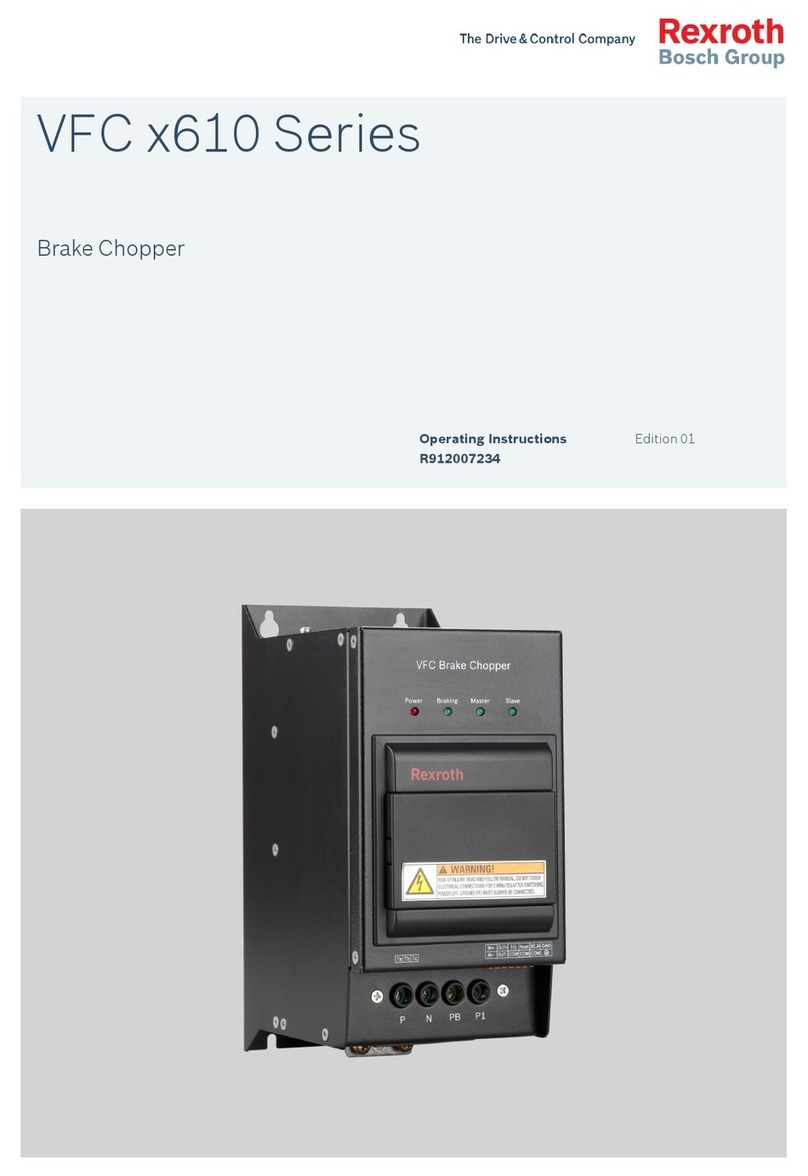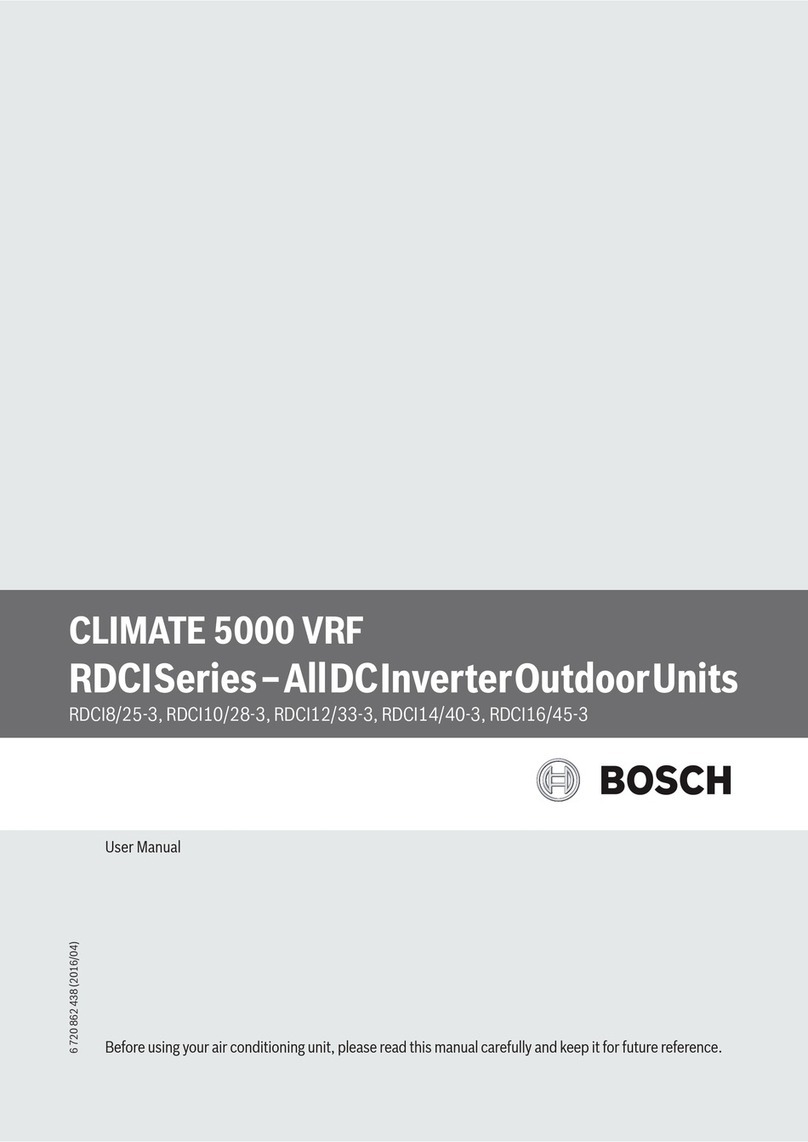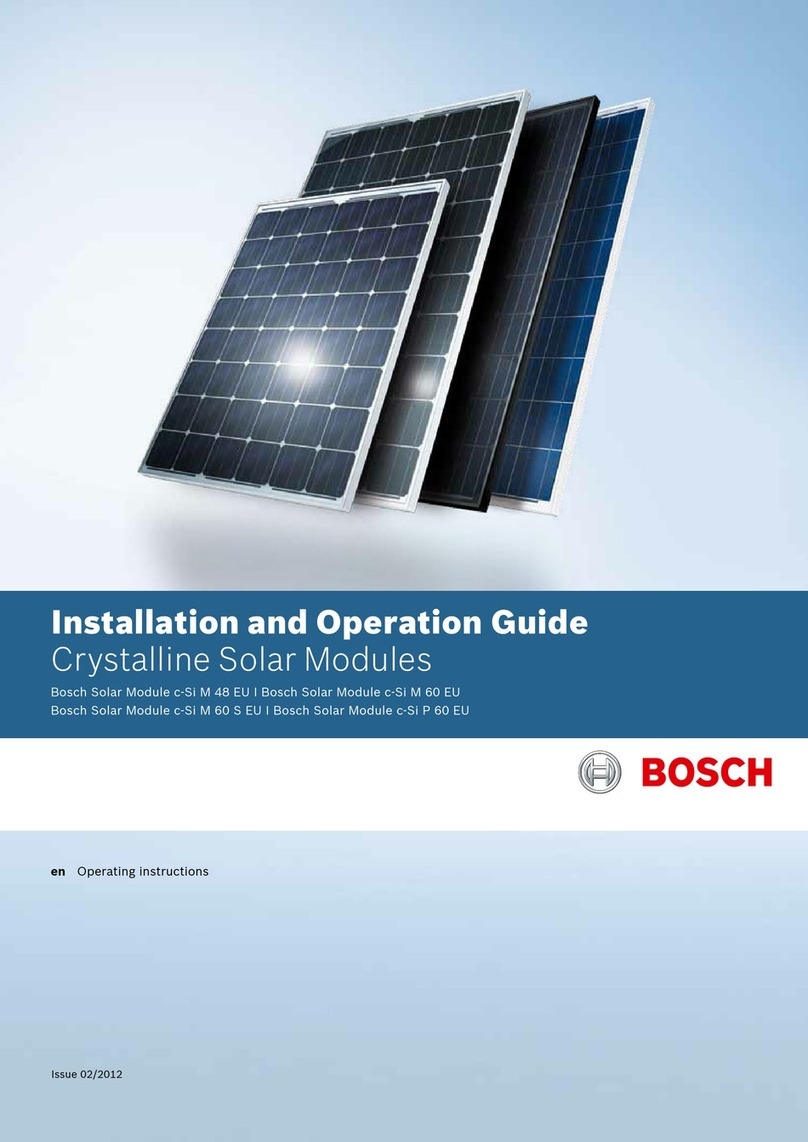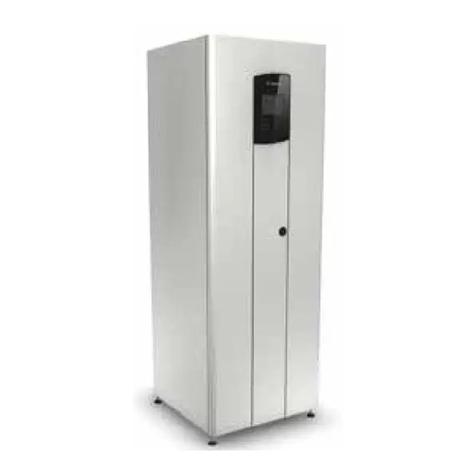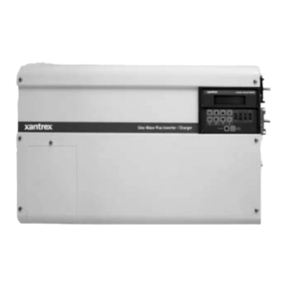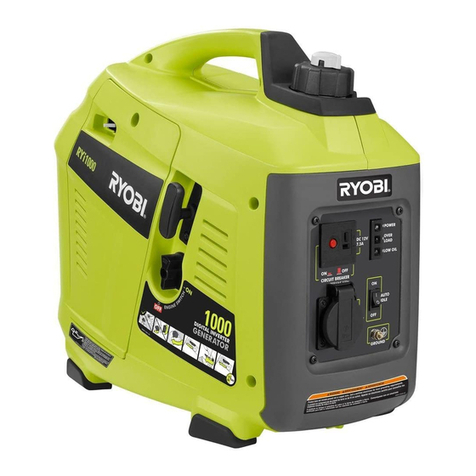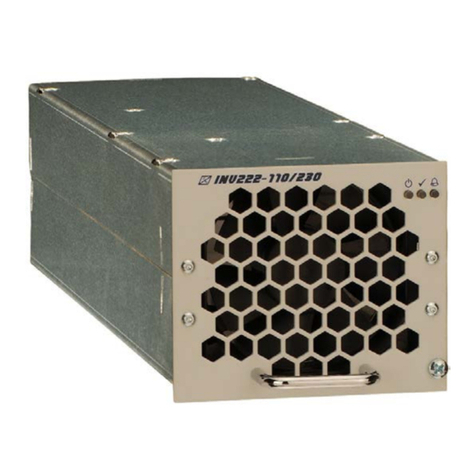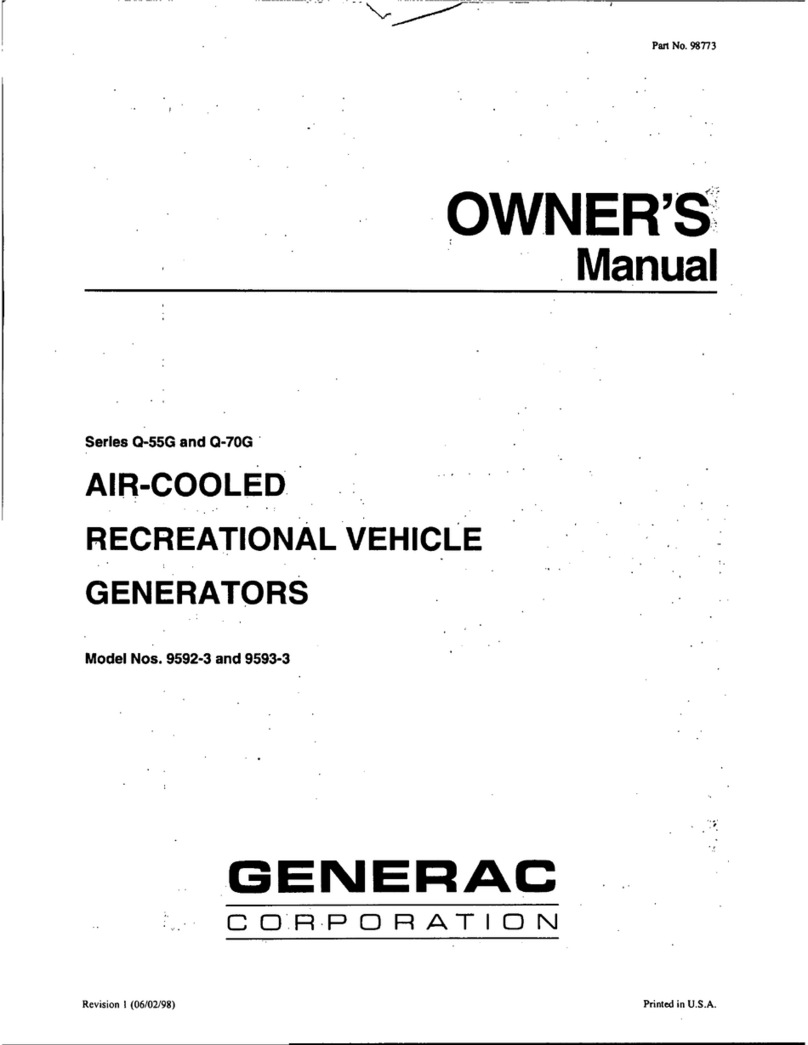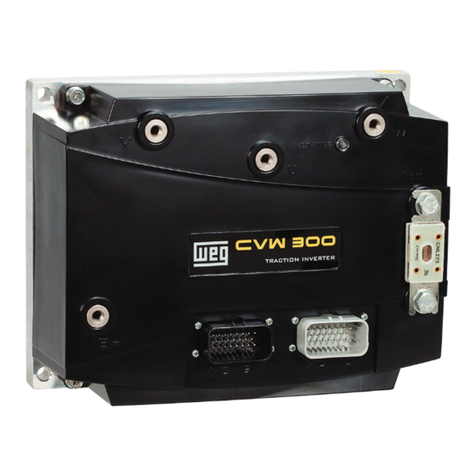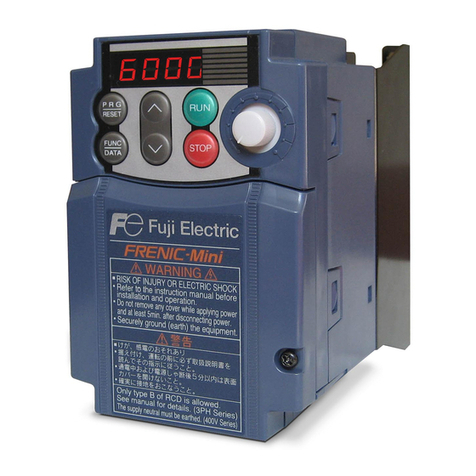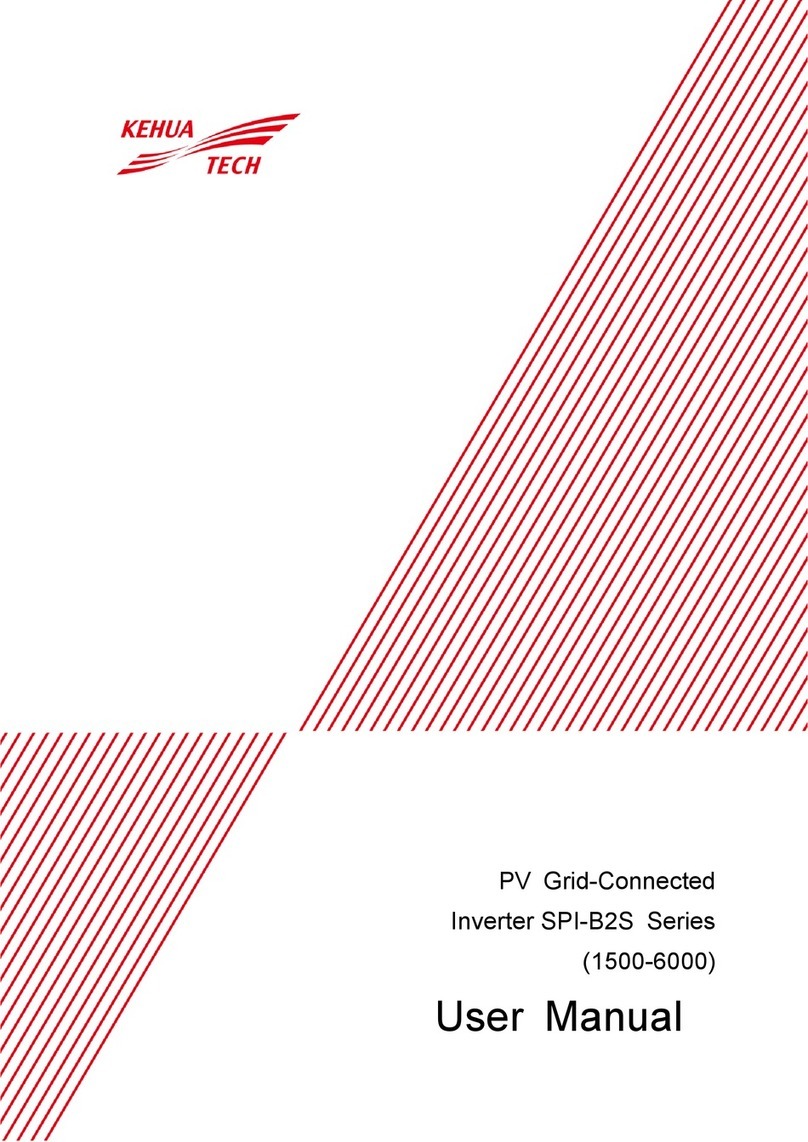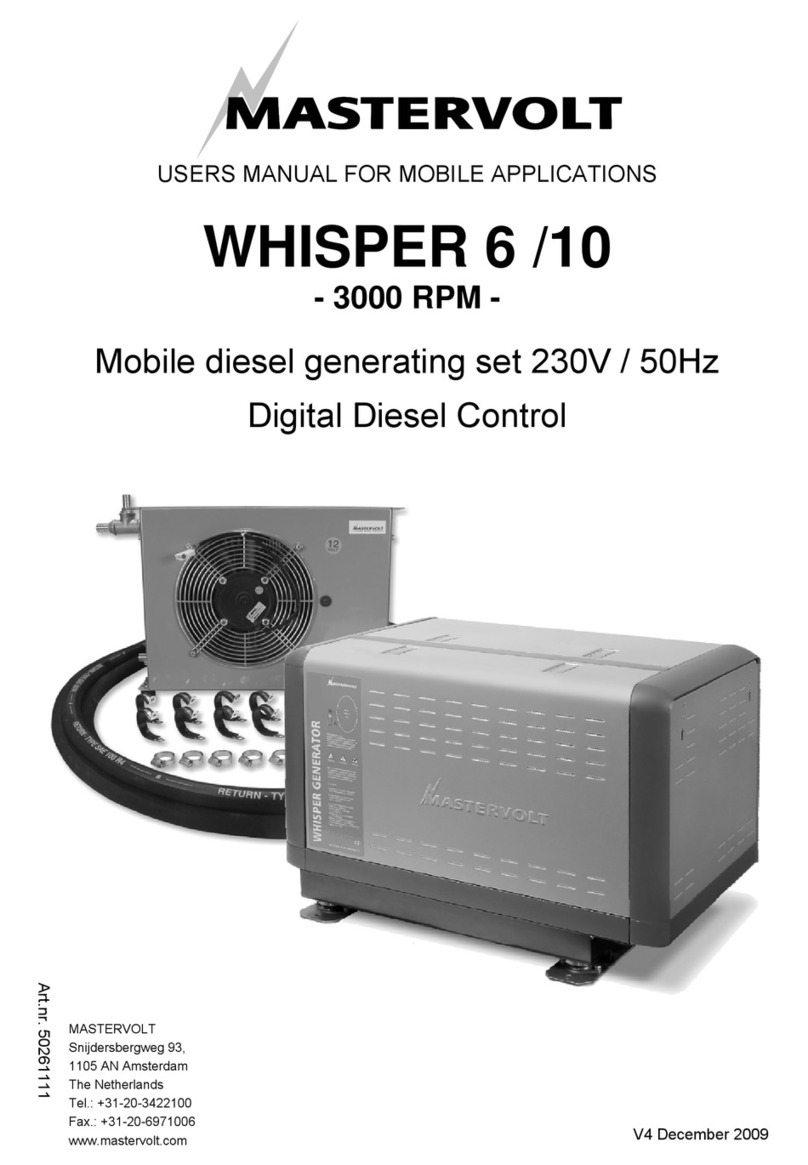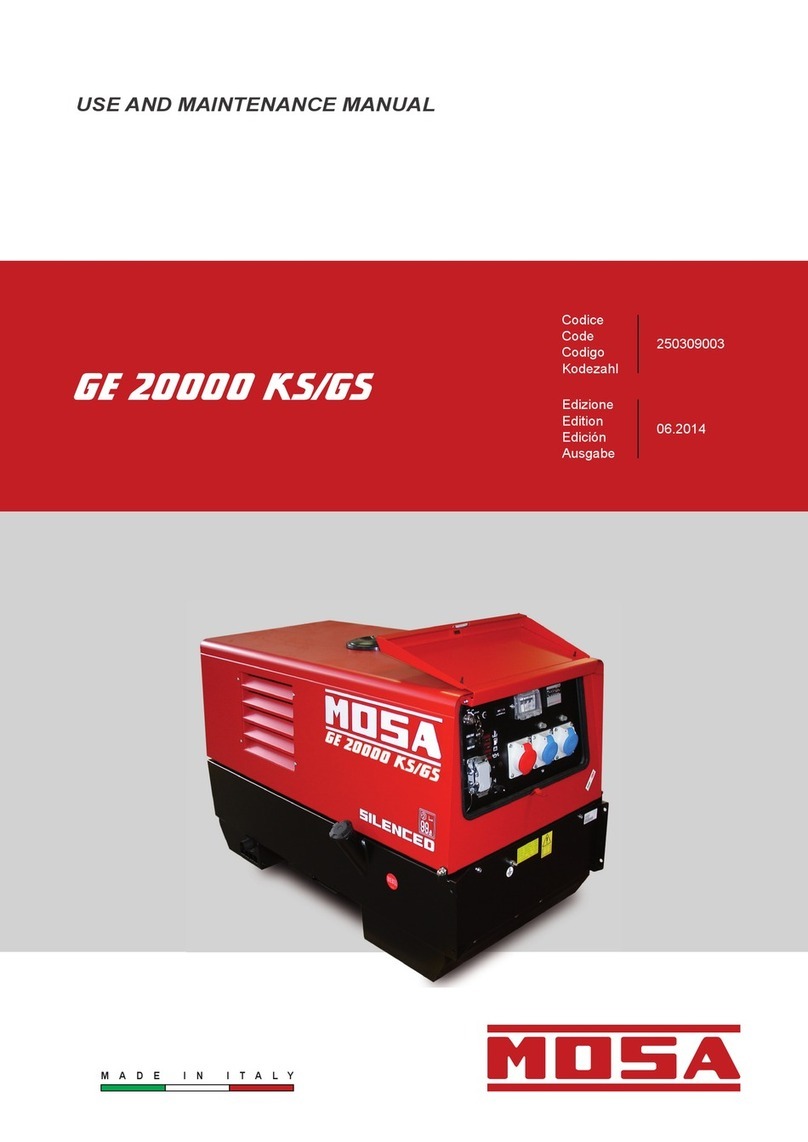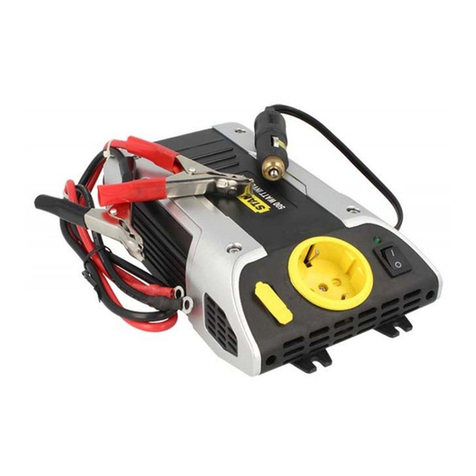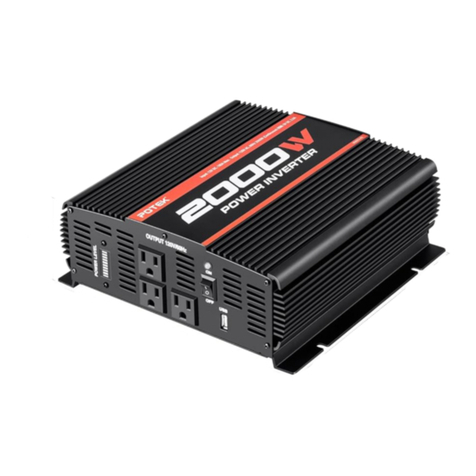Bosch FCB 120-1V-NB Instruction sheet

1
Thermosiphon systems
User manual & installation guidelines
C08002D : Version 2 : 20140910
6 720 803 996

2
Table of contents
1. Key to symbols and safety instructions ----------3
1.1 Key to symbols--------------------------------------------3
1.2 Safety instructions----------------------------------------3
2. Information about the installation set-------------4
2.1 Intended use-----------------------------------------------4
2.2 LIGHTNING PROTECTION----------------------------4
2.3 Important Working Conditions-------------------------4
3. Working Principle-- -------------------------------------5
4. Specifications---------------------------------------------6
5. Before installation --------------------------------------8
5.1 General notes----------------------------------------------8
5.1.1 Instructions to Dealer, Installers
and customers------------------------------------------9
5.2 Required tool & Equipments--------------------------10
5.3 Transport and storage---------------------------------10
5.4 Estimating space requirements---------------------10
6 Installing of Solar Water Heating Systems-----11
6.1 Installation of Flat roof mounting structure for
building not taller than 20m--------------------------11
6.2 Tank Installation ---------------------------------------11
6.2.1 Installation of Tank on flat roof.-------------------11
6.3 Collector Installation------------------------------------11
6.3.1 Installation of Collector on flat roofs--- ----------11
6.4 Positioning for first collector.-------------------------12
6.5 Installation of additional collector for 200/300/500
Lts systems--------------------------------- ------------13
7. Installation of connection Lines------------------14
7.1 Installation of dummy hose pipes-------------------14
7.2 Connecting the cold Water Hose Pipe-------------14
7.3 Connecting the Hot Water Inlet Pipe---------------14
8 Typical Arrangement of Solar Water Heating
System-----------------------------------------------------15
9. Installation& Commissioning of 2-C Systems-16
9.1 Installation of tank and collector --------------------16
9.2 Installation of makeup tank --------------------------16
9.3 Procedure for filling Secondary Circuit in 2-C
Systems--------------------------------------------------------16
9.4 Quantity of DM Water/glycol mixture required for
2-C Systems--------------------------------------------16
9.5 Recommended Properties of Glycol---------------17
9.6 Glycol Health hazard data----------------------------17
9.7 Preventive Measures-----------------------------------17
__________________________________________
10.0 Installation of pressurized Systems---------18
10.1 Installation of Tank and Collector----------------- 18
10.2 Pressurized Hose Pipe Assembly----------------18
10.2.1 Cold Water Pipe ( CWI) Assembly-------------18
10.2.2 Hot Water Pipe Assembly------------------------18
10.2.3 Dummy Connector Assembly--------------------18
11. Commissioning---------------------------------------19
11.1 Securing Mounting Structure with Cement
Concrete--------------------------------------------- -19
12. Important Instructions-----------------------------19
12.1 Instructions to Installers-----------------------------19
12.2 Instructions to Customers-------------------------- 20
12.2.1 System Usage---------------------------------------20
13. Checks after Installation & Commissioning-20
14 Maintenance-------------------------------------------- -20
14.1 Installation of systems-------------------------------20
14.2 Maintenance of Collector----------------------------21
14.3 Maintenance of Tank---------------------------------21
14.4 Procedure for installing Electric Heater----------21
14.4.1 Enamel Tank Systems-----------------------------21
14.4.2 Stainless Tank Systems---------------------------21
14.5 Procedure for removing Sacrificial Anode-------21
15 Trouble Shooting of Solar Thermal Systems-22
16. Environment and disposal-------------------------22
17 Installation and commissioning Certificate---24
18. Warranty Certificate----------------------------------26

3
1 Key to symbols and safety instructions
1.1 Key to symbols
Warnings
Warnings in this document are framed
and identified by a warning triangle
which is printed on a grey background.
Electrical hazards are identified by a
lightning symbol surrounded by a
warning triangle.
Keywords indicate the seriousness of the hazard in
terms of the consequences of not following the safety
instructions.
• NOTICE indicates that material damage may occur.
• CAUTION indicates that minor to medium injury
may occur.
• WARNING indicates that serious injury may occur.
• DANGER indicates possible risk to life.
Important information
Important information in cases where
there is no risk of personal injury or
material losses is identified by the
symbol shown on the left. It is
bordered by horizontal lines above
and below the text.
Additional symbols
Symbol
Meaning
a step in an action sequence
a reference to a related part in the
document or to other related
documents
•
a list entry
–
a list entry (second level)
Table 1
1.2 Safety instructions
This chapter explains how the information in these
installation instructions is laid out, and gives general
safety instructions for safe and trouble-free operation.
Safety instructions and user notes relating specifically
to installation are found in the installation instructions
alongside the specific installation steps. Please read
the safety instructions carefully before starting the
installation. If safety instructions are ignored, severe
or even fatal injuries may result, as well as material
losses and environmental damage.
Danger when working on roofs
▶Take appropriate actions to prevent accidents
during all works on roof.
▶Take precautions against a possible fall of objects
while working on roof.
▶Always wear personal protective clothing and
safety equipment during entire installation activity.
▶After completing the installation, check the
mounting set, the collectors and the tank are
securely positioned.
Installation and maintenance
▶Only have the appliance installed or modified by an
Installer approved by Bosch.
▶Only use the tank for heating domestic hot water
(DHW).
Risk of scalding
Always monitor operation of the system if
temperatures are above 60 °C.
▶We recommend installing a DHW mixing valve
downstream of the "DHW outlet" connection to
avoid direct exposure to hot water.
Risk of scalding
If the collector and installation material have been
exposed to the sun's rays for a prolonged period,
touching certain components may cause burns.
▶Always wear personal protective clothing and
safety equipment during installation & Maintenance.
▶Before and during installation, cover the collector
with an opaque material to protect against high
temperatures caused by solar radiation. It is
essential to cover the equipment, until the system is
commissioned.
Maintenance
▶Customer recommendation: Arrange for an
inspection / maintenance contract with Bosch
approved dealer, and have the appliance serviced
at least once in a year. If quality of water is hard,
servicing of the system should be done more
regularly.
▶The user is responsible for the safety and
environmental compatibility of the appliance.
▶Only use genuine spare parts procured from Bosch
/ Dealer.
General Instructions
To End customers, Dealers & Installers
▶Dealers / Installers-Instruct the customer about
the functions and operation of the solar water
heating system.
▶Inform customers that they must not carry out any
modifications or repairs.

4
2 Information about the installation
set
2.1 Intended use
The rooftop installation set is designed to hold solar
thermal collectors and their associated tank, which
are installed on flat roofs at an angle of 23°/ 33o/ 40°.
Never damage the structure of the building while
installing the solar thermal system.
Conditions of use
Only fit the installation set on roofs with sufficient load
bearing capacity; if necessary, consult a Civil
Engineer / Architect.
The standard installation set is suitable for an
installation height of not more than 20 m.
Consult Bosch to fit additional profile rails, which are
not part of the standard delivery, in the case of
greater installation heights (up to 50 m or with wind
speeds in excess of 129 km/h) .
Never use the rooftop or flat roof installation sets to fix
any other objects to the roof. They are designed only
to hold the solar collectors and tank securely.
Observe country-specific standards and
directives when installing and operating
the heating system.
The installation of a solar circuit pump can
be considered in place of the
thermosiphon if, due to static
considerations, the roof is unable to bear
the weight of the tank.
IMPORTANT: We recommend our
customers not use the water from solar
system directly for drinking purpose.
2.2 LIGHTNING PROTECTION
• Check regional regulations as to whether a lightning
protection system is required.
• Lightning protection is normally required for
buildings higher than 20 m,
• Have a qualified electrician to install the lightning
protection.
• If a lightning protection system is installed at the
location, check whether the solar thermal system is
also included.
• Consult a Civil Engineer / Architect for further
information, if necessary on "Recommendations on
Lightening Protection"
2.3 Important Working Conditions
The Solar Water heating system requires minimum
one day to generate the required hot water depending
on the solar radiation.
The system will generate the hot water at an average
temperature of 60oC *under standards conditions.
There will be overnight drop in temperature of 6 to
80C at an ambient temperature of 220C. Drop in
temperature will be more at lower ambient
temperature.
When hot water is drawn from the system, equal
amount of cold water enters the solar tank thereby
reducing the overall temperature of the water inside
the tank.
Standard Conditions
-Solar Radiation should be minimum 5.5kW/m2/day
-Inlet water temperature should be minimum 25oC
-System should be installed as per instructions in
shadow free area.
-No water is drawn from the system during day time
(08:00 to 18:00).
-Output Temperature measured at the outlet of the
solar tank at 18:00 hrs
-Performance of the solar thermal system depends
mainly on Solar Radiation, Geographical and
Climatic Conditions apart from the components.
The performance may accordingly vary from one
location to other.

5
3.0 Working Principle
A typical Solar Water heating system consists of Flat plate collector, Insulated Storage Tank, Mounting structure and
Connection set.
When the sunlight falls on the collector, the heat energy will be absorbed by the absorber. The heat is then
transferred to the water flowing through riser tubes placed beneath the absorber. As the water gets heated it
becomes light and moves upwards towards the insulated solar tank. The void thus created will be filled by the heavy
cold water from the tank. The cycle repeats and this process is called Thermosiphon Process. This process
continues until the temperature of the hot water in the storage tank and the absorber equalizes. Since the tank is
insulated, The hot water stored in the tank will be available for usage next day morning.

6
4Specifications
Collector
Certificate
Certified by Bureau of Indian Standards as per IS
12933 Part I
Model
FCB 120-1V
Overall Dimensions of collector
mm
1032 x 2026 x 92
Weight (empty)
kg
~ 36
Gross area
m2
2.09
Absorber area
m2
1.88
Absorber type
Aluminium Full sheet absorber with black selective
coating and copper harp
Absorber-Harp Bonding
Ultrasonic Welding
Collector Box
Aluminium Extrusion, German Design with Single
piece screw less construction.
Collector Back Sheet
Aluminium Alloy
Back Insulation
Rockwool, 48 kg/m3density, with thermal resistance
of > 0.96 m2oC/W
Side Insulation
Polyurethane Foam, 28-32 kg/m3density, with thermal
resistance of > 0.48 m2oC/W
Reflective Sheet
Aluminium Foil
Glazing
Textured Solar glass, 3.2 mm thick with transmissivity
of > 91%
Gaskets & Grommets
EPDM rubber
Glass Retainer
Aluminium Extrusion
Max Operating Pressure
kPa
245 ( only for Collectors )
Table 1: Collector specification ( BIS certified )

7
Collector
Model
FCB 120-1V-NB
Length
mm
2026
Width
mm
1032
Weight (empty)
kg
~ 32
Gross area
m2
2.09
Absorber area
m2
1.88
Absorber type
Aluminium Full sheet absorber with black selective
coating and copper harp
Absorber-Harp Bonding
Ultrasonic Welding
Collector Box
Aluminium Extrusion, German Design with Single piece
screw less construction.
Collector Back Sheet
Aluminium Alloy
Back Insulation
Rockwool
Glazing
Textured Solar glass, 3.2 mm thick with transmissivity
of > 91%
Gaskets & Grommets
EPDM rubber
Max Operating Pressure
kPa
345
Table 2: Collector specification ( Non –BIS)
System
Non Pressurized- Stainless Tank
Storage tank
100L
125L
200L
250L
500L
Type
l
1C
Volume of tank
l
100
125
200
250
500
Diameter
mm
450
480
600
640
900
Length
mm
1150
1190
1140
1190
1230
Approx Weight (empty tank)
kg
18.3
21
26
29
52
Max. operating pressure
KPa
50 (Non pressurized system) (Open vented)
Inner tank
SS 304L
Outer cover
GI pre coated sheet
Insulation
50 mm Polyurethane foam insulation, CFC free
Provision for electrical backup
1 ¼“ BSP Int. thread
Cold water inlet
¾“ BSP External threads
1“BSP
External
thread
Hot water outlet
¾“ BSP External threads
1“BSP
External
thread
Table 2: Stainless steel Tank specification
*Note: Due to continuous product development, the product features & specifications, warranty terms and conditions are subjected
to modifications without notice.

8
System
Pressurized
Storage tank
100L
125L
200L
300L
500L
100L
125L
200L
300L
500L
Type
1C
2C
Volume of tank
l
100
125
200
300
500
100
125
200
300
500
Diameter of tank
mm
500
500
600
600
750
520
520
620
620
750
Length of the Tank
mm
1025
1224
1245
1846
1900
1025
1224
1245
1846
1900
Approx Weight (empty
tank)
kg
42
47
56
80
115
52
60
75
107
145
Approx Weight ( filled with
water)
kg
142
172
256
380
615
152
185
275
407
645
Max. operating pressure
KPa
350
Inner tank Material
Enamel coated Steel
Outer cover
GI pre coated sheet
Insulation
50mm PUF insulation, CFC free
Provision for electrical
backup
1 ¼“ BSP INT thread
Cold water inlet
1” BSP EXT thread
Hot water outlet
1” BSP EXT thread
Table 3: Enamel Tank specification
*Note: Due to continuous product development, the product features & specifications, warranty terms and conditions are subjected
to modifications without notice.
System
Non Pressurized-Polymer Tank
Storage Capacity
L
125
250
Type
l
1C
Diameter
mm
500
700
Length
mm
970
990
Approx Weight (empty tank)
kg
14
22
Max. operating pressure
KPa
0 ( Integrated with Float Tank)
Inner tank
Food grade LMDPE, 5 mm thick
Outer cover
LMDPE, 3 mm thick
Insulation
Polyurethane Foam, 28-32 kg/m3density
5.0 Before installation
Make yourself familiar with the on-site conditions and
local regulations before commencing the installation.
5.1 General notes
We recommend that you engage the
services of a roofing contractor who will
be experienced in working on roofs and
aware of avoiding the risk of falling
DANGER: Risk to life through falls and
falling parts!
▶Take all necessary steps against
possible fall while working on roofs.
▶Always wear personal protective
clothing and safety equipment.
After completing the installation, check the
installation set, the collectors and the tank
are securely positioned.
Water Sample: It is mandatory to test the
water sample before choosing the right
system. The below table shows the
recommended solar water heater for
different water quality
Parameter
SS
tank
Polymer
Tank
Enamel
1-C
Ename
l 2-C
Chlorides
(ppm)
< 50
< 600
< 250
< 250
Total
Hardness
(CaCo3)
ppm
< 150
< 300
< 300
< 900
PH
6.5-8.0
6.5-8.0
6.5-8.0
6.5-8.0
Table 6 Water quality

9
5.1.1 Instructions to Dealers, Installers &
Customers
Check;
Whether the delivered material is complete
and undamaged.
The structure of the roof for sufficient load
bearing capacity and damage.
The optimum arrangement of the solar
collectors. Take solar radiation into account
(southerly orientation). Avoid shade from high
trees or similar structures.
The stability of the installation surface.
Remove gravel or similar material.
Only use original spare parts from the
manufacturer and replace faulty parts
immediately.
Have a professional roofer to carry out all
difficult roof repairs, particularly sealing the
roof if there is any seepage of water
through the roof during draining / servicing
of the system

10
5.2 Tools / Equipments
• Spanner –M8, M4 –2 Nos
• Adjustable Spanner -1 No
• Screw Driver
• Measuring tape –5m
• Magnetic Compass
• Sprit level
• Roofing ladder
• Rope
• Crane or mobile hoist
• Pipe cutter, Pipe threading device
5.3 Transport and storage
All components are protected by transport worth
packaging.
The collector connections are protected against
damage with plastic caps and EPE foam
Remove the plastic caps just prior to
installation.
Fig 4 Plastic caps on collector connections
Storage
Store the collectors, tank and other accessories in a dry
and shaded location.
5.4 Estimating your space requirements
NOTICE: System damage through
wind eddies and wind pressure peaks
at the flat roof perimeter!
Before commencing installation, ensure
that a clearance of at least one metre is
allowed between the flat roof frame and
the roof perimeter.
NOTE:
It is mandatory to install the system with collector
facing south direction in a shadow free area.
Fig 5 Space requirement, collector array
The dimensions given for the space requirement do not
take account of the pipes. For the pipes, on the right
and left of the collector array, allow at least an extra
0.5m on each side.
Number of
collectors
Dim. A
Dim. B
1 ( 100 litres)
1100 mm
2500 mm
2 ( 200 litres )
2050 mm
2625 mm
3 ( 300 litres )
3225 mm
2750 mm
4 ( 500 litres)
4700 mm
2900 mm
Table 10 Space requirement for rooftop installation

11
6 Installation of Solar Water Heating
System.
6.1 Installing the flat roof mounting structure
for Building NOT Taller than 20m
DANGER: Risk to life through falls
and falling parts!
Take appropriate necessary actions to
prevent accidents during all work on
roofs.
Note: For schematic layout please
refer enclosed annexure 1.
To facilitate fast installation, first
tighten all screws by hand.
Hold the tank vertical support in position and
connect them by using cross bars and
fasteners at both front and back.
Fig 6
Fig 7
6.2Tank Installation
6.2.1 Installation of tank on flat roof
Fig 8
Place the tank on the mounting structure,
and align it to the centre of the two supports.
Ensure that cold water pipe should be
positioned down.
The tank will be held in its position by the
virtue of its own weight.
Ensure that the EPE pads are pasted on the
U bracket before placing the tank.
6.3Collector Installation
6.3.1 Installation of collector on flat roofs
Observe the following safety instructions and user
information
DANGER: Risk to life through falls
and falling parts!
▶Take precautions against a possible
risk of falling while working on roofs.
▶Always wear personal protective
clothing and safety equipment.
▶After completing the installation,
check the installation set, the
collectors and the tank are securely
positioned.
DANGER: Risk to injury through
falling collector!
During transport and installation, ensure
Cross Bars

12
that the collectors are adequately
secured.
NOTICE: System damage through
damaged sealing faces!
Remove the plastic caps on the collector
connections immediately prior to
installation.
NOTICE: System damage through
leaking solar hoses!
It is very important to ensure that all hose
clamps are tightened firmly.
Use lifting equipment as used by
professional roofers or 3-point suction
handles with adequate load bearing
capacity for the installation.
Avoid movement of personnel below the
working area during installation.
6.4Positioning the first collector
Fix the front end collector front supports using
collector clamp and M8 screws as shown in
picture 9 & 10
Fig 9
Fig 10
After fixing the front end supports, lift the rear
end of the collector and place it on the tank
mounting support as shown in fig. Position the
collectors and clamp it to the mounting structure
using the collector clamps.
Fig 11
Fig 12
Fig 13
Connection
Plate
The connection plate of the collector
shall be always at the bottom side as
shown in the above picture
The collector side having the name
plate shall always be at the top side
facing towards the tank.

13
6.5 Installing the additional collector for
200/300/500 Litres system
Fig 14
Insert the EPDM hose and the two hose clamps
into header pipe at both ends of the first
collector
Fig 15
Fig 16
Fig 17
Move the second collector towards the first collector
and Insert the header pipe into the hose and clamp it
rigidly
Fig 18
First Collector
Round off the ends of the header
pipes to avoid possible damage of
the hose during insertion. Use
silicon gel or edible oil for easy
insertion of the hose pipe into
header pipe
EPDM Hose
with hose
clamps

14
Fig 19
7Installation of connection lines
7.1 Installing the dummy hose pipes
Remove the plastic protection cap from the header
pipe.
Insert the hose clamp into the hose
Insert the dummy hose with hose clip into the
header tube.
Tighten the hose clamp rigidly using screw driver.
Fig 20
7.2 Connecting the cold water hose pipe
Fig 21
Connect one end of EPDM hose to the bottom
Header pipe of the second collector.
Fix the hose pipe support bracket to the
second collector.
Connect other end of EPDM hose to the cold
water outlet pipe of the tank using hose clamp.
Route the hose pipe through support bracket.
7.3 Connecting hot water inlet pipe
Fig 22
Remove the plastic cap from the header pipe.
Insert one end of the EPDM hose into the
collector header and clamp is rigidly with hose
clamp.
Connect the other end of the hose pipe to hot
water inlet pipe of the tank.
Dummy Hose Pipes

15
8 Typical Arrangement of Solar Water Heating System (Non-pressurized)
Fig. 23
SA : Sacrificial Anode HWO : Hot Water Outlet EB : Provision of Electric Backup*
HWI : Hot Water Inlet B : Bosch Scope
CWI : Cold Water Outlet C : Customer Scope
* Electric Heater is not part of standard supplied system. If Electric Heater is required for backup heating contact
authorized dealer / installer. Always use ISI marked electric heater
Air vent pipes must be securely tied with three guy-ropes at 120oapart

16
9.0 Installation and Commissioning of 2-C Systems (Pressurized & Non Pressurized)
Note: For schematic layout please refer enclosed annexure 3.
9.1 Installation of Tank and Collector
Installation of mounting structure and collector for 2-C systems is similar to normal system. Refer section 5 for
details.
9.2 Installation of Make-up tank.
Polymer tank of 3L capacity will be provided along with installation kit for all 2-C systems.
Connect the ¾” MS Elbow provided in the kit to pipe indicated as “ Glycol Filling Inlet”
Fix the polymer makeup tank to the elbow securely.
9.3 Procedure for filling Secondary circuit in 2-C systems
Complete all the connections as per the schematic. Cover the collectors with opaque sheet
Fill the water into the primary circuit (Main tank) from the cold water inlet pipe.
Disconnect the hot water rising pipe from the tank and hold it in upward direction.
Remove the Air release plug provided at the top of the tank.
Fix the funnel on the top of the tank and start filling the DM water / Water glycol mixture till the air inside
the system is vented out and water flows over the disconnected hot water rising pipe.
Connect back the hot water rising pipe into the tank. Continue filling till the water reaches the maximum
level (¾” level) of the makeup tank and close the lid of the tank.
Fig 24
Ensure the water level is between maximum & minimum marking. Do not fill the
tank completely with water / glycol mixture.
Check the level of water/glycol periodically and top up if required
Ensure no leakage though any of the joints
9.4 Approximate DM water / Glycol mixture required
System
capacity
Jacket volume
in litres
Collector
volume in litres
Make up tank &
connections volume in litres
~ Total volume of DM
water required in litres
100-2C
5
3
6
14
125-2C
6
3
6
15
200-2C
8
6
8
22
250-2C
11
6
8
25
300-2C
16
9
10
35
500-2C
26
12
12
50
Use only De- Mineralized (DM) Water OR Distilled water for filling the Secondary circuit. When
system is installed in high altitudes, where minimum ambient temperature is less than 5 deg C, use
mixture of glycol and DM water in 1:1 ratio
Max Level (¾“of the tank)
Min Level (¼“of the tank)

17
WARNING: Risk of injury through contact with heat transfer medium
When handling heat transfer medium always wear protective hand gloves &
goggles.
If heat transfer medium comes in contact with the skin, wash with clean water and
soap.
If heat transfer medium comes in contact with eyes, rinse your eyes thoroughly
under running water while holding eyelids wide open. The medium is non-
corrosive and bio-degradable. A safety datasheet with further information
regarding the heat transfer medium is available from the manufacture on request.
Glycol or water should be sourced locally by the installer / dealer. It will not be
supplied in the standard kit
9.5 Recommended Properties of Glycol
Always use propylene glycol having recommended properties. Read Material Safety Data Sheet carefully before
handling Gylcol.
Description
Remarks
Propylene Glycol
Flavour grade IS 13702:1993
Boiling Range / Point
185 –189°C
Physical state
Liquid
Appearance
Clear colourless hygroscopic viscous liquid
Vapour pressure @ 35°C (mm Hg)
0.07
Odour
Odourless
Solubility in water
Mixable
Specific gravity (water = 1)
1.035-1.037
Flammable material
No
Combustible material
Yes
Corrosive material
No
Oxidizer
No
9.6 Glycol Health Hazard Data
Description
Remarks
Routes of entry
Inhalation, Eye contact, Skin absorption, Ingestion
Effects of exposure /
Symptoms
Massive ingestion- symptoms similar to alcohol intoxication, inhalation of high vapour conc.
May cause CNS depression with headaches, dizziness & drowsiness.
Emergency
treatment
Remove from exposure & remove contaminated clothing, if unable to breath, give Oxygen.
In case of accidental ingestion, give plenty of water to drink, then induce vomiting & obtain
medical attention.
9.7 Preventive Measures
Description
Remarks
Personal protective
equipment
Provide close fitting safety goggles / face shield and safety shoes; PVC coated protective
gloves, respirators for dust, Eye bath and safety shower should be readily available.
During fire fighting, positive pressure SCBA and protective fire fighting cloth are to be worn.
Handling and
storage Precautions
Keep the containers tightly closed in a dust free area. and away from moisture. Eating,
drinking and smoking are to be avoided in the storage area.

18
10 Installation of Pressurized 1CSystems
Note: For schematic layout please refer enclosed annexure 2.
10.1 Installation of Tank and collector.
Installation of tank and collector is similar to the normal system. Refer Section 5 for details. The hose pipes used in
pressurized system are designed to withstand the required operating pressure and temperature.
10.2 Pressurized hose Pipe Assembly
10.2.1Cold Water Pipe (CWI) Assembly
Fig 25
Connect the Hose nipple to Cold Water Outlet
pipe in the tank.
Insert the pressurized hose pipe along with the
hose clamp into the nipple and tighten it firmly.
Insert the straight push-fit connector into Left end
bottom header pipe as shown in Fig 25. For 200L
system the connector should be fixed to the
second collector. Similarly for 300/500L system
the connector should be fixed to the last collector
Insert the other end of the pressurized hose (with
Lbend) into the straight push fit connector and
clamp it firmly.
10.2.2 Hot Water Pipe Assembly.
Fix the hose nipple firmly into the hot water inlet
pipe of the tank
Insert the pressurized hose pipe and tighten it
with hose clamp.
Insert the straight push fit connector at the top
right end of collector header pipe as shown in Fig
26.
Insert the other end of the hose into the
connector and clamp it.
Fig 26
10.2.3 Dummy Connector Assembly
Two dummy push-fit connectors are provided for
each pressurized system. These connectors are
self locking and do not require any additional
clamps.
Remove the burrs on the header pipe.
Gently insert and push the dummy push
fit connector into the header pipe and
make sure it is firmly fixed.
Note: For additional installation of 2-C systems, refer section 8, page 14

19
11 Commissioning
11.1 Securing the mounting structure with cement concrete
Fig 28
Air vent or air release valves as shown in schematic is a must for all installations. Absence of air vent will
damage the system and same is not covered under warranty in such conditions.
Hot water piping should be properly insulated. The hot water piping should be kept as min. as possible to
avoid the heat losses.
Immediately after installation, the tank system should be filled with water.
Open the cold water inlet valve and allow the water get filled into the solar tank by gravity from the overhead
tank.
12 Important Instructions
12.1 Instructions to Installers
Check the performance of the system after 3 days.
Never attempt to service the system when the system is functioning.
Make sure there is no air trapped inside the secondary circuit. If air is trapped in the secondary circuit
system will not function
When system is installed in high altitudes where minimum ambient temperature is less than 5 deg C,
use mixture of glycol & DM water as per the specification (50:50).
Immediately after installation, It is very important to grout the mounting structure securely with cement
concrete as shown in the picture.
Before commissioning ensure that all the connections are tight.

20
12.2 Instructions to customer
Draw the hot water only after 2 days as the installed system needs minimum 2 days to generate
sufficient hot water in normal sunny days.
Certain parts of the system generate very high temperature. Never allow children to touch or play
around the system.
If the system is not intended to be used continuously for more than two days, it is mandatory to cover
the collector glass with thick cloth to avoid overheating.
Overheating of internal parts may cause severe damage to the system
12.2.1 System Usage
To get the best temperature of hot water from solar water heating systems, we recommend the following
Hot water should be used from the solar systems one time in a day, either in the Morning (Before 8:00AM)
OR in the Evening.
Withdrawal time should be as minimum as possible to avoid heat losses in the piping.
Do not withdraw more hot water than the rated capacity of the system every day.
13. Checks following commissioning and maintenance
Only carry out the final insulation work when the points in the check list have been ticked off
Checks
Solar hose secured with hose clamps
Mounting structure connection screws rigidly
fixed
No leakage of water through the connections
Air vent correctly installed
Mounting structure fixed on the roof with
concrete
System installed in the correct direction
Air vent in the solar circuit installed correctly
ISI approved Electric heater & connections
checked by electrician and proper earthing of
the equipment
14. Maintenance
14.1 Installation of Systems
Once in a year drain the system by removing the cold water outlet pipe from the tank. Before draining ensure
that cold water inlet valve is closed. Draining intervals should be regular if water is hard.
Check the condition of the sacrificial anode periodically. Replace it if found corroded.
For 2-C systems makeup tank should be topped up with anti-freeze solutions or de-mineralized water at regular
intervals, if not system performance will come down.
Table of contents
Other Bosch Inverter manuals
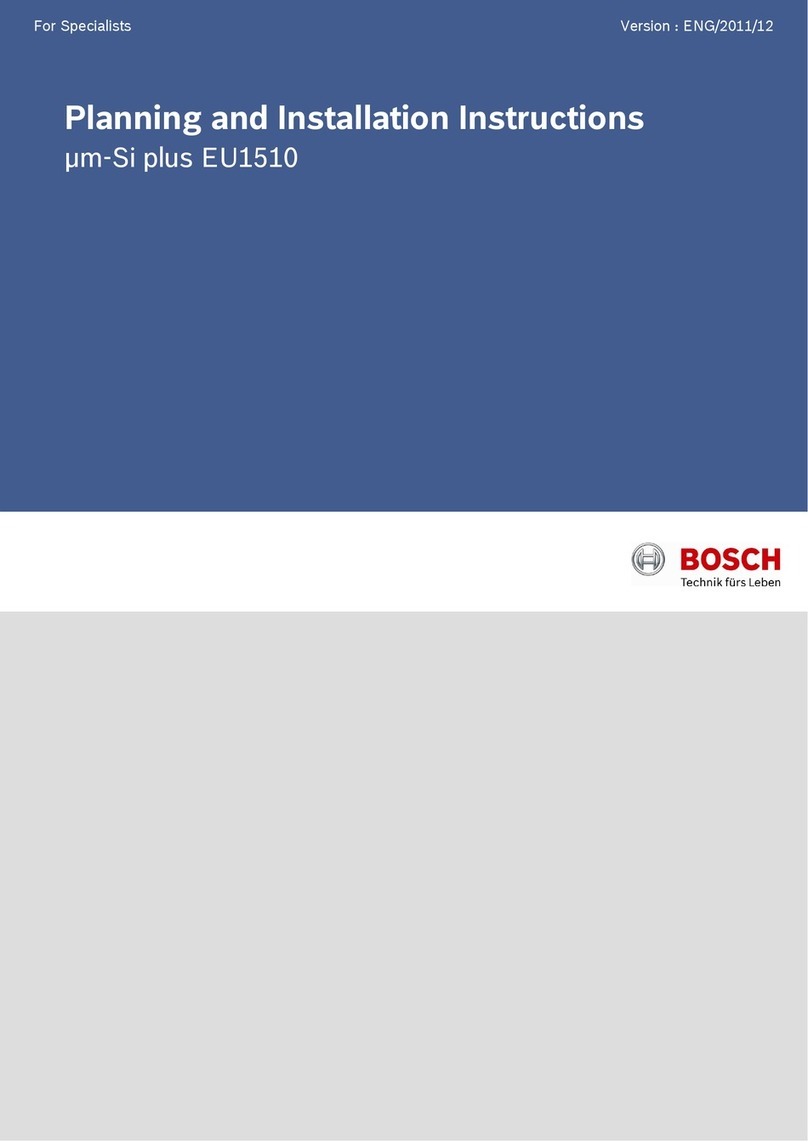
Bosch
Bosch mm-Si plus EU1510 Series Technical manual
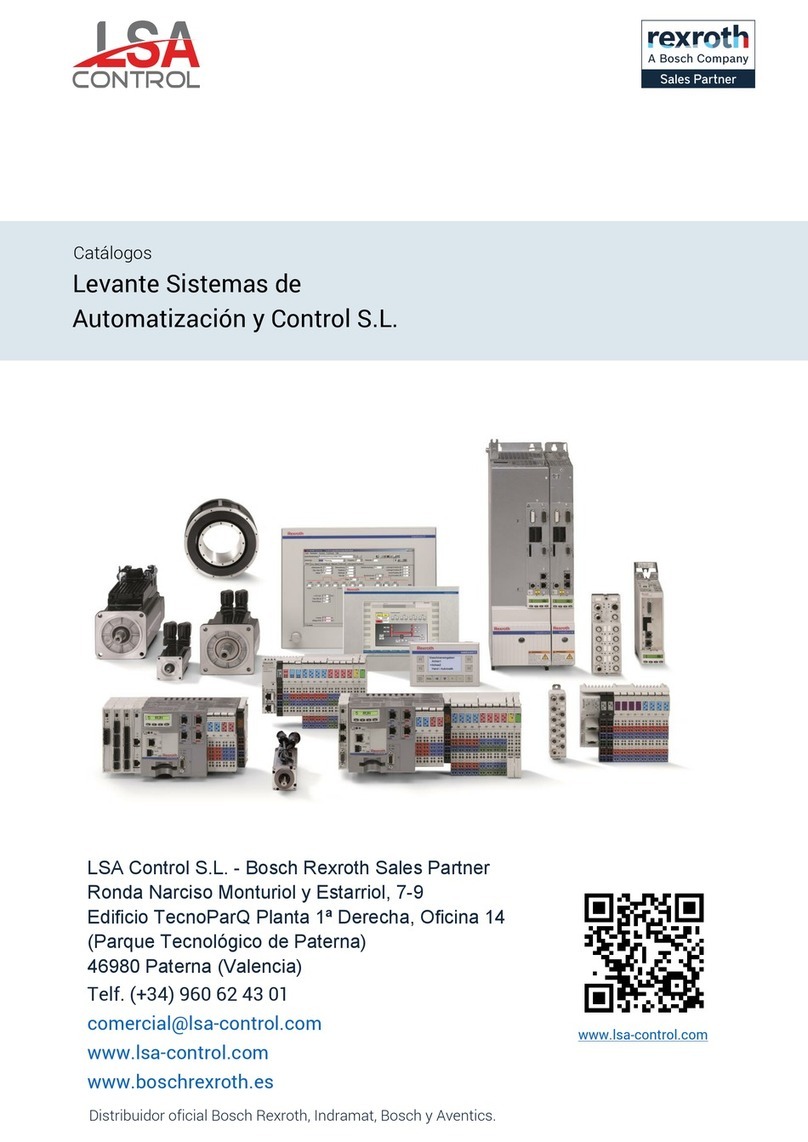
Bosch
Bosch Servodyn-D Series User manual

Bosch
Bosch BPT-S 5 Hybrid User manual

Bosch
Bosch DM**8001 Series User manual

Bosch
Bosch BPT-S Operating and maintenance instructions

Bosch
Bosch Rexroth IndraDrive ML Series Technical manual
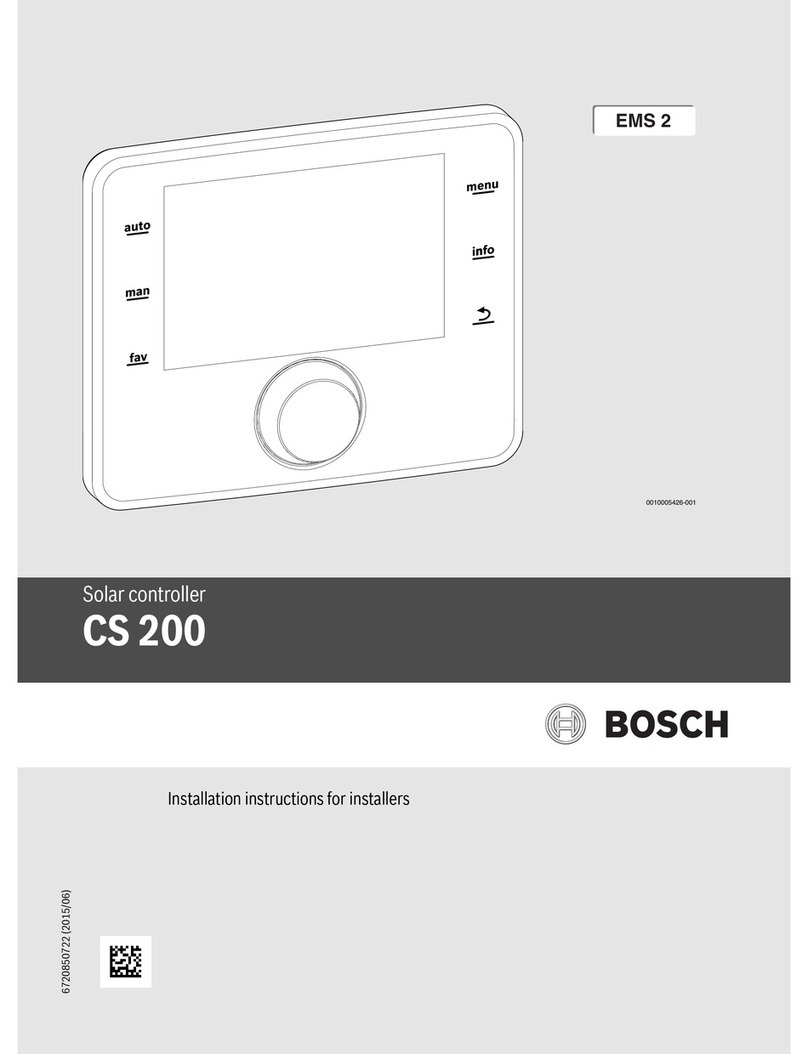
Bosch
Bosch CS 200 User manual

Bosch
Bosch 19 SEER Series User manual

Bosch
Bosch GEN 230V-1500 User manual
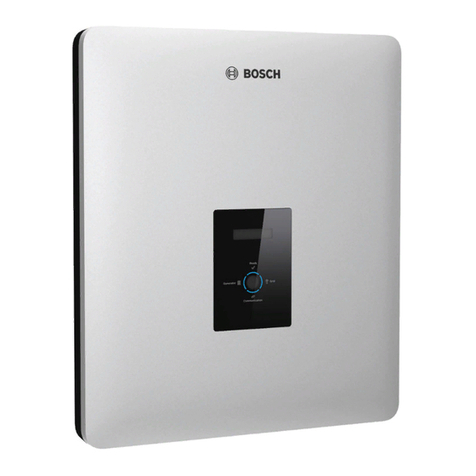
Bosch
Bosch BPT-S Series User manual

